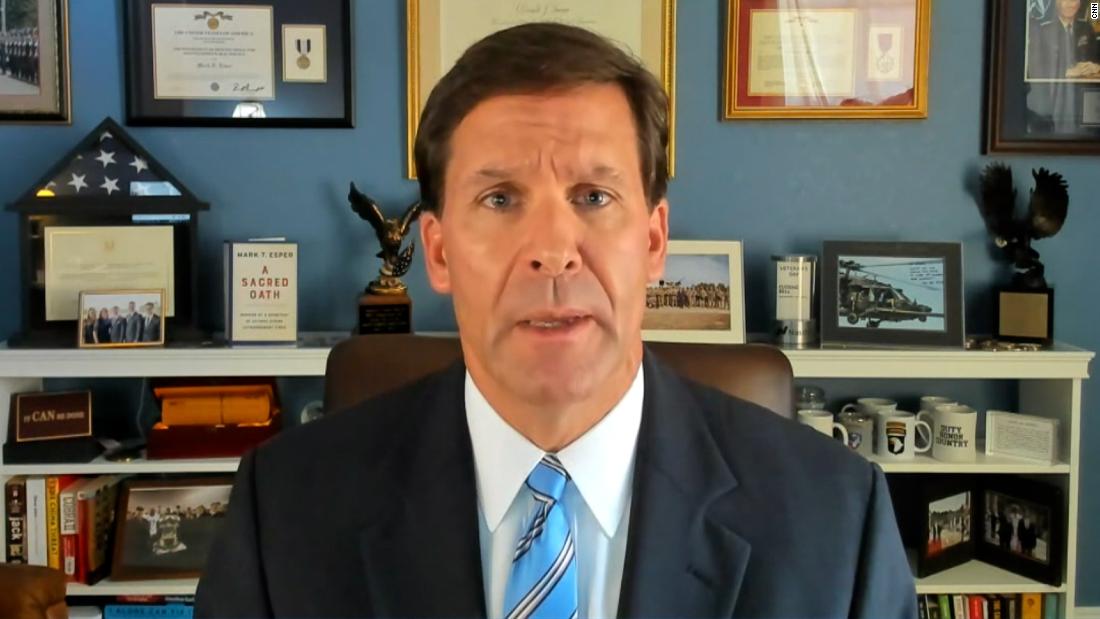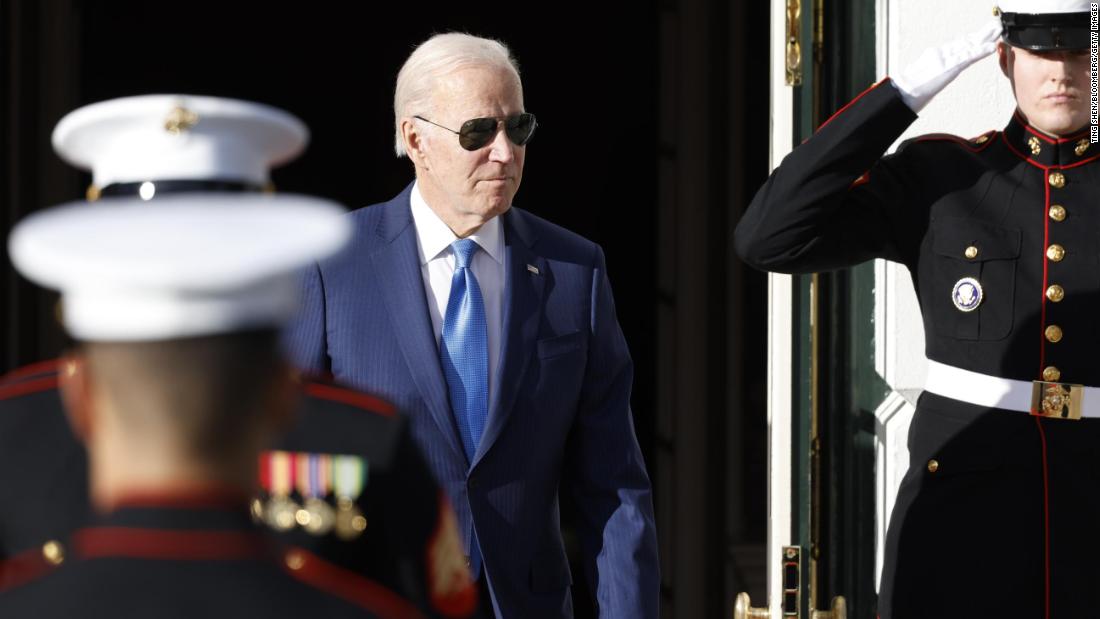The U.S. Needs a Federal Commission on Wrongful Convictions: Paper
The number of people exonerated for crimes they did not commit in 2019 barely exceeds one percent of the estimated 13,853 people wrongfully convicted that year. An independent, publicly funded office could improve those figures, argues a paper published by St. Mary’s University.

A “cottage industry” has emerged in the past quarter century to fight for wrongfully convicted individuals, ranging from Conviction Integrity Units (CIUs) operated by district attorneys’ offices, to nonprofit or university-based groups like Northwestern University’s Center on Wrongful Convictions and the University of Chicago’s Exoneration Project, and the array of Innocence Projects across the country.
Bu their efforts still amount to a drop in the bucket.
The percentage of people exonerated for crimes they did not commit in 2019 barely exceeds one percent of the lowest estimated number of people wrongfully convicted.
Of the 1,385,258 people in prison for felony convictions in 2019, it is estimated one to five percent—or between 13,853 and 69,263 people—at the end of 2019 were in prison for crimes they did not commit. Yet only 143 were exonerated that year, according to the National Registry of Exonerations (NRE).
It will take aggressive action by the federal government to carve out a fair path to exoneration for the thousands of innocent persons behind bars, Carin Wieters argues in a paper published by St. Mary’s University School of Law.
The paper calls for an “an independent, publicly funded office dedicated to investigating claims of wrongful conviction,” similar to commissions created in the UK and Canada.
“(The) conviction of an innocent person represents one of the most egregious, if not the most egregious, mistake a criminal legal system commits, (but) even with the increased knowledge and understanding of the errors existing in the criminal legal system, the general public pays very little attention to the issue of wrongful convictions,” wrote Wieters, a law student at St. Mary’s.
“It is fair to say, the many obstacles facing someone attempting to prove their innocence and obtain freedom after being wrongfully convicted would shock the average person’s consciousness.”
Even as the number of exonerations grows—as of January 19, 2021, 2,705 exonerations have been recorded since 1989, according to the NRE—existing organizations will never be able to cope with the need, Wieters observes.
“While private organizations allow more people to gain exoneration than would otherwise, the need for private donors and pro bono services is not a sustainable model,” he wrote.
“This model, even now, fails to scratch the surface of the need. Every organization reports receiving far more applications than they have resources to accept; this is true even after removing illegitimate claims.”
History of Wrongful Convictions
With the advent of DNA testing at the end of the 20th century, the issue of wrongful convictions became acknowledged and publicized more than ever before.
Although wrongful convictions have occurred since the beginning of the criminal legal system, it was not until DNA testing that more scientific and impartial tools were deployed to free the innocent.
The first recorded wrongful conviction case occurred in 1812 in Vermont and involved two brothers falsely accused and convicted of murder.
The most important lesson from this case, according to Wieters, is that the exoneration of these brothers was due to complete strangers choosing to intervene to save the brothers’ lives.
This remains the primary method of how people are exonerated today, she wrote.
The first organization established with the purpose of helping exonerate people wrongfully convicted was Centurion Ministries, created in 1983 by Jim McCloskey.
McCloskey, who provided counsel for inmates, met a man who claimed he had been convicted of a crime he did not commit. After investigating the man’s claims, McCloskey was convinced the man was innocent and helped free him.
Centurion Ministries continues to operate today.
Illinois was the first state government to take an interest in identifying solutions to wrongful conviction.
This came after 13 prisoners on death row were exonerated during the same period 12 prisoners on death row were put to death, causing then-Gov. George Ryan to issue a moratorium on the death penalty in 2000.
Multiple other state governments have created commissions dedicated to solving wrongful convictions since that time.
The Inadequacy of the Current System
Although more than 75 private organizations exist in the U.S. dedicated to assisting those wrongfully convicted, the number of requests for assistance these organizations get is simply too many and too costly for them to handle alone.
“For those fortunate enough to have their case reviewed, many will never have that opportunity,” Wieters wrote.
While these organizations have proven important in overturning wrongful convictions, their “over-reliance” on law students and pro bono attorneys, in addition to their lack of funding, means they could never conceivably work to answer all the requests they receive, he added.
“As non-profit entities without revenue-generating functions, each exists at the mercy of grants and private donor funding,” Wieters wrote.
On the government side, while district attorneys are able to correct wrongful convictions, they face a conflict of interest if they were to exonerate the same people they convicted.
Prosecutors are required to correct convictions in which there is clear and convincing evidence of a wrongful conviction, however, doing so requires admitting there was an error within the criminal legal process.
District attorneys established Conviction Integrity Units (CIU) to investigate claims of actual innocence.
The first was established in Santa Clara, Calif., in 2002.
While these units have helped exonerate some people, Wieters argues they do not do well at their job.
Only 34 of the 74 CIUs in operation have exonerated one or more people, meaning 54 percent of CIUs have not exonerated even one person.
The work of CIUs could be strengthened by involving independent people to review the cases in order to avoid a conflict of interest.
But Wieters said such outside help needs to be institutionalized on a national scale, through the creation of an independent quasi-governmental body specifically to investigate claims of actual innocence.
Models in Canada and the UK
The office could borrow from models already established in the UK and Canada to serve as a clearinghouse for investigations of wrongful convictions and a training tool for the legal community.
The UK has established a commission specifically to review wrongful conviction claims.
Wieters writes of the cases reviewed by this commission, 67 percent have resulted in an appeal of the conviction and 30 percent have been dismissed to date.
Similarly, Canada, under Prime Minister Justin Trudeau, has set up an independent commission to review wrongful convictions.
Wieters argues an independent review body of wrongful convictions could be established inside the U.S. Department of Justice’s Civil Rights Division, which already reviews cases of misconduct throughout the criminal legal system.
However, since the Supreme Court ruled actual innocence is not a due process right protected by the Constitution, and the federal government only investigates violations of federal crimes and Constitutional rights, she acknowledges it would be difficult to consider this solution on a federal level.
A solution that would meet the objectives of government funding, independence and objectivity would be a government-funded non-governmental organization (NGO), Wieters suggested.
District attorneys would no longer be presented with a conflict of interest and a statewide approach would ensure all cases receive the same level of review and investigation.
In addition, this organization could work to identify systemic issues within the system that lead to wrongful convictions and provide annual reports to increase transparency and accountability.
Wieters suggests the board should include representatives from “law enforcement associations, legal associations, community organizations and people who have experienced wrongful convictions.”
The NGO could look for additional funding from grants and donations.
Currently existing organizations designed to help those wrongfully convicted should not be shut down, but rather could work with the NGO to aid as many people as possible.
“The demonstrated errors existing in this system demand, at a minimum, a fair and reasonable method for releasing people wrongfully convicted of crimes they did not commit, restoring them financially, and expunging the related records, so the numerous collateral consequences of a conviction are avoided” Wieters wrote.
“This begins with a government-funded organization resourced adequately to identify and address when the system fails.”
The full paper can be downloaded here.
EDITORS NOTE: This is a corrected edition of an earlier published version. The percentage of exonerations is just over one percent of the estimated wrongful convictions, not 0.01 percent, and Northwestern University’s group is called the Center on Wrongful Convictions.
Blake Diaz is a contributing writer to TCR.

 Landwebs
Landwebs 
















/cdn.vox-cdn.com/uploads/chorus_asset/file/24430706/elon_musk_twitter_for_you.png)




